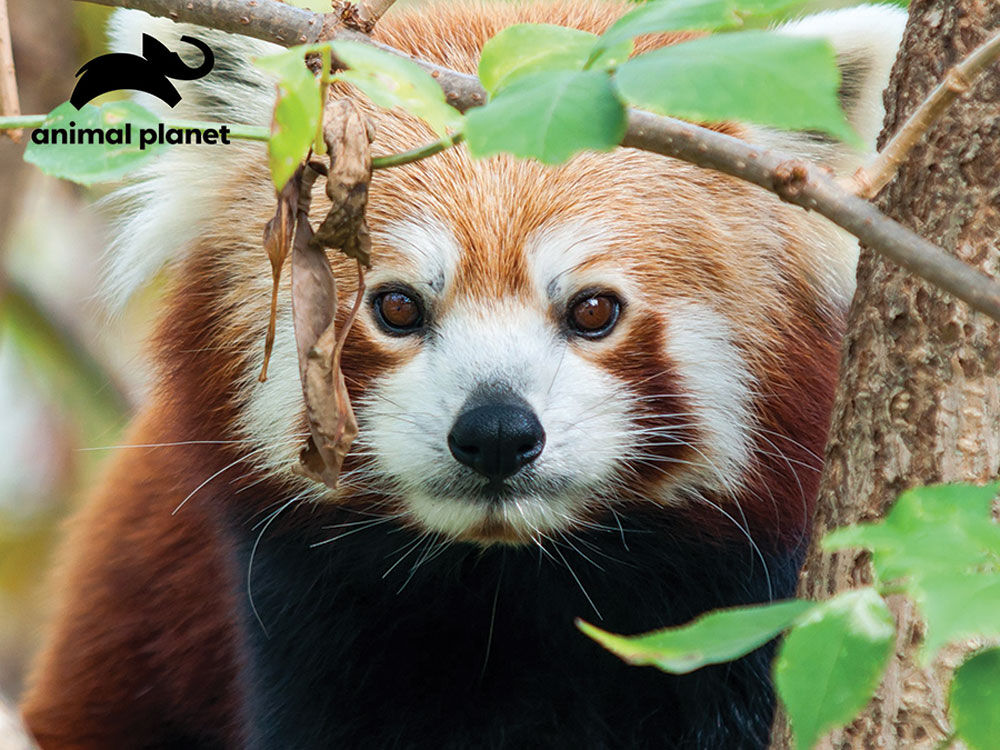


Sloths’ main predators – big cats like jaguars, ocelots and birds such as harpy eagles – all primarily detect their prey visually, and it is likely that sloths simply move at a pace that doesn’t get them noticed. Instead, their survival is entirely dependent upon camouflage – a factor aided by their symbiotic relationship with algae growing on their fur. And with this, they do not have the capacity to defend themselves or run away from predators, as a monkey might. With their plethora of energy-saving adaptations, sloths physically don’t have the ability to move very fast. Author providedĪll this points to an extraordinary lifestyle, with sloths living on a metabolic knife edge where minimal energy expenditure is finely balanced with minimal energy intake.

Indeed, the abdominal contents of a sloth can account for up to 37% of their body mass.Ī sloth sports its backpack tracker. Food intake and, critically, energy expenditure are likely limited by digestion rate and room in the stomach. Unsurprisingly, the sloth’s four-chambered stomach is constantly full, and so more leaves can only be ingested when digesta leaves the stomach and enters the small intestine. The exact rate of digestion remains unclear, but current estimations for the passage of food from ingestion to excretion range from 157 hours to a staggering 50 days (1,200 hours). Sloths appear to break this rule to an unprecedented extent. Therein lies another sloth peculiarity: for the majority of mammals, digestion rate depends on body size, with larger animals generally taking longer to digest their food. Fellow leaf-eating howler monkeys move at a normal pace but consume three times as many leaves per kilogram of body mass as sloths, digesting their foodstuff comparatively quickly. There are plenty of other mammals which specialise on a leaf-based diet, but usually these animals compensate for their low-calorie diet by consuming relatively large quantities of food. Both two and three-fingered sloths have a predominantly folivorous (leaf-based) diet, consuming material with a notably low caloric content.
#ANIMALPLAMET SLOTHCAM FULL#
By perpetually moving slowly and partially departing from full homeothermy, sloths burn very little energy and are able to function with the lowest metabolic rate of any non-hibernating mammal, with estimates ranging from 40–74% of the predicted value relative to the sloth’s body mass.Īs a result of all this, sloths don’t need to acquire much energy or to spend time looking for it. Much in the manner of ectotherms, sloths depend on behavioural and postural adjustments to control their own heat loss and gain, showing daily core temperature fluctuations of up to 10℃. The average temperature of the three-toed sloth is around 32.7℃ (91℉), compared to humans’ 36.5℃/97.8℉. So where do sloths fit into this dichotomy? They move slowly at all temperatures and, unsurprisingly, deviate from the typical homeothermic mammalian plan by operating at lower body temperatures than most mammals, while apparently having a reduced ability to thermoregulate. But this athletic ability comes at a cost: high body temperatures mean high metabolic rates, and somehow the energy bill must be paid using food. This is in stark contrast to most homeothermic mammals which maintain a stable, high core temperature via a process of adaptive thermogenesis, and are consequently able to move fast and effectively regardless of the ambient conditions. Just like any chemical reaction, cold muscles are slow muscles so cold reptiles are slow reptiles. Cold-blooded ectotherms such as frogs and snakes, are commonly subject to enforced slow movement when faced with cold temperatures, due to their inability to regulate their own temperature independently of the environment. Sloths are not the only creatures in the animal kingdom to adopt a slow pace. Moving slowly unequivocally requires less energy than moving fast, and it is this principal that underlies the sloths’ unusual ecology. They do move, but very slowly and always at the same, almost measured, pace. We’ve found that, contrary to popular belief, sloths don’t actually spend inordinate amounts of time sleeping they sleep for just eight to ten hours a day in the wild. Three-toed sloths are indeed the slowest-moving mammals on the planet, but exactly how slow is slow? At the world’s only sloth sanctuary in Costa Rica, we have been monitoring the movement and activity patterns of wild sloths using small data loggers combined with tracking devices inside specially built “sloth backpacks”. Plenty of time to hang around for this little sloth.


 0 kommentar(er)
0 kommentar(er)
